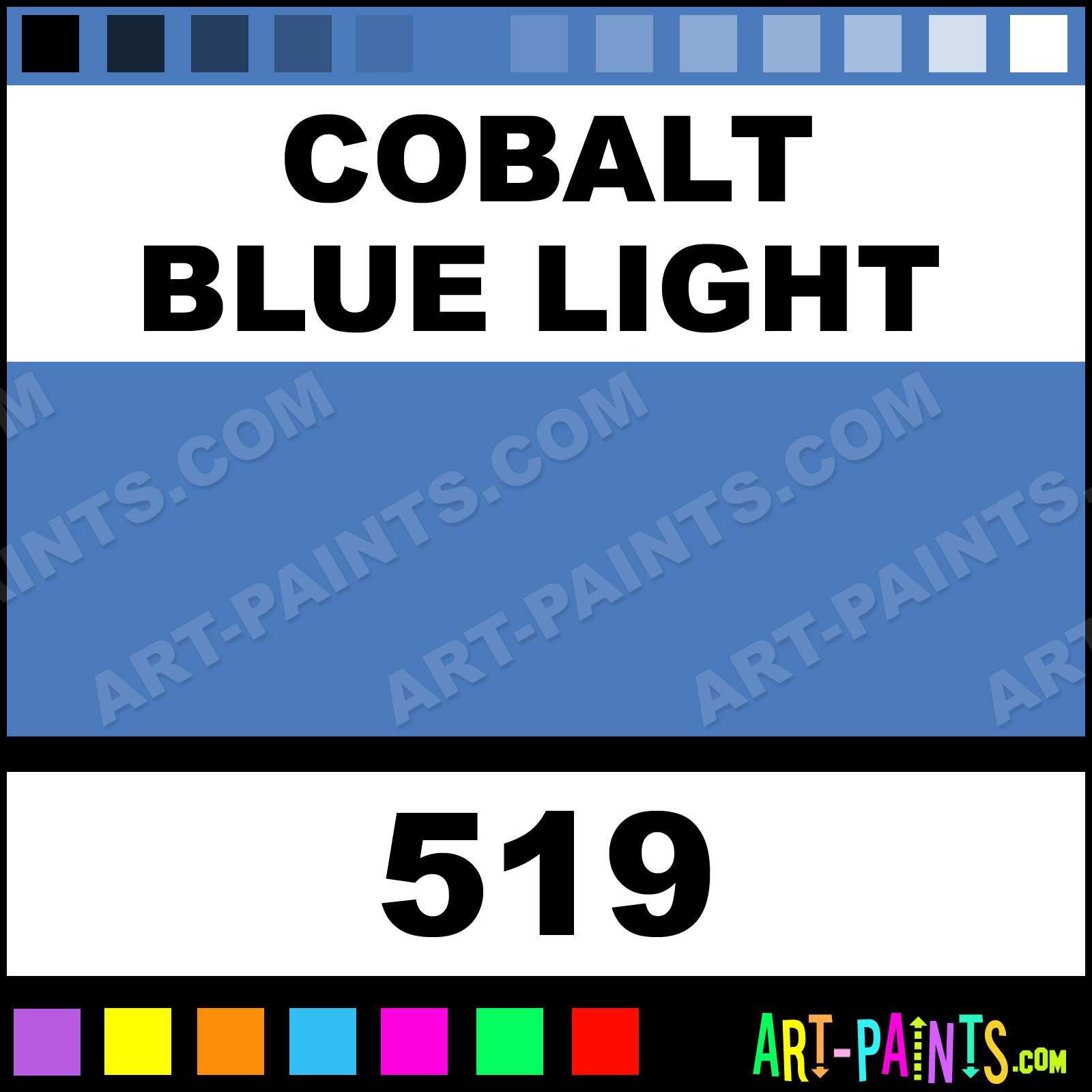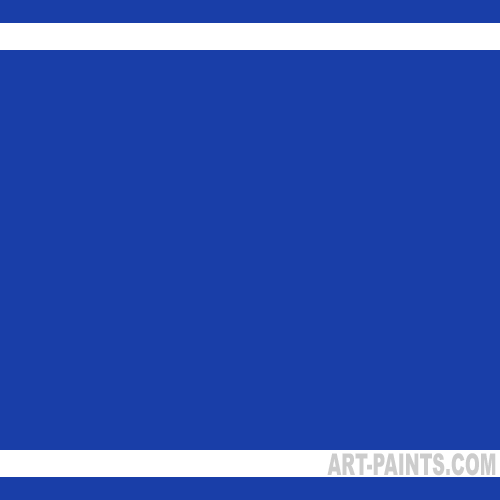

The earliest modern history of cobalt aluminate pigments commences with Leithner in Vienna who appears to have discovered the basic process of calcining cobalt oxide and alumina (aluminum oxide) in 1775. Cobalt salts were first identified in the eighteenth century. Probably it contains nickel and zinc, which were found by x-ray spectroscopy.

The spinel phase has a much lower cobalt/aluminum ratio than modern cobalt blue pigments. Origin and HistoryĬobalt aluminate is identified as the blue pigment on 30 polychromic shards of the 18th dynasty from Theben and Tell el Amarna. Conforms to ASTM D-4236.įor a detailed explanation of the terms in the table above, please visit Composition and Permanence.
#Light cobalt blue color skin#
Do this by avoiding ingestion, excessive skin contact, and inhalation of spraying mists, sanding dusts and vapors from heating. Always protect yourself against potentially unknown chronic hazards of this and other chemical products by keeping them out of your body. There are no acute or known chronic health hazards associated with the anticipated use of this product (most chemicals are not fully tested for chronic toxicity). Spanish: cobalto espinela de aluminato azules Typical applications (non inclusive) are liquid and powder coatings, inks, dispersions, concrete, plastics, and other applications where equivalent pigment chemistry is used. It is compatible with most resin systems and polymers, and is nonwarping. It has exceptional durability and hiding power, and is generally used in applications where resistance to heat, light, and weather are needed. They have excellent chemical and heat stability, and can be used in chemically aggressive environments and exterior durable applications without color fade.Ĭobalt aluminate blue pigment has good ultraviolet and visible light opacity, is chemically inert, heat resistant, and stable to ultraviolet light. Cobalt blue pigments are the most durable blue pigments commercially available. It may include any one or more modifiers MgO, ZnO, Li 2O and/or TiO 2. Warning: Very extreme and long periods of exposure to temperatures below -10 ° C could freeze the paints with unpredictable results.Cobalt Aluminate Blue pigment is cobalt aluminate blue spinel (CoAl 2O 4) is produced by calcining, at high temperature, a mixture of cobalt (II) oxide, and aluminum (III) oxide in varied ratios forming a interdiffused crystalline spinel. If the surface is very small, the effect may not be appreciated, it will always depend on how the light strikes.

We recommend its use on curved surfaces, it will reflect light better than flat surfaces. Depending on the shape and size of the object on which the paint is applied, the chameleon effect will be better appreciated. We recommend shaking well before using for an optimal pigment mixture. Note: This paint has a totally normal whitish appearance. Use varnish only when paint is totally dried.Ĭontents: This offer includes an acrylic COLORSHIFT TM Chameleon color with ultra fine pigments. Each coat should be dried before applying the next coat. Very very light coats till maximum colour shows up and basecoat is no longer visible. Semitransparent chamaleon paints could also be applied over other basecoat colors to achieve different colorshift effects. For the best effects, use gloss blackcoat so it will increase the effect. Uses: Shake well and apply over BLACK basecoat. Valid for brush and airbrush.īest results will be obtained with Airbrush. Chameleon metal paints will create a colourshift visual effect depending on the viewing angle.


 0 kommentar(er)
0 kommentar(er)
